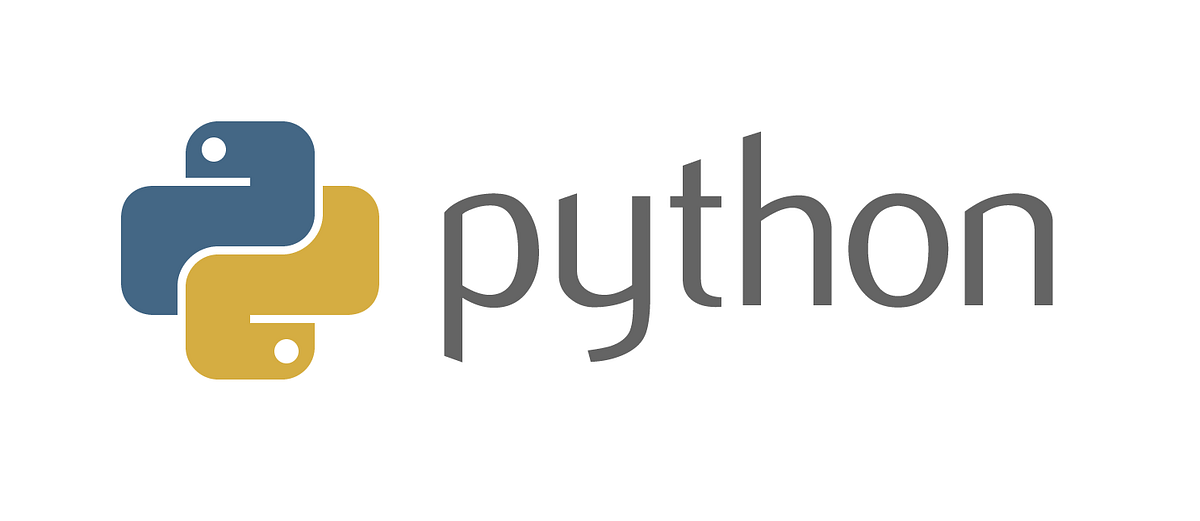One fundamental aspect of 𝗣𝘆𝘁𝗵𝗼𝗻 is its set of 𝗸𝗲𝘆𝘄𝗼𝗿𝗱𝘀. These reserved words have predefined meanings and play crucial roles in the language's syntax and functionality.
➡ 𝗧𝗵𝗲 𝗨𝗻𝗱𝗲𝗿𝘀𝗰𝗼𝗿𝗲: (_) is a valid keyword in 𝗣𝘆𝘁𝗵𝗼𝗻, often used as a placeholder for a variable name when the value is not needed. 𝗛𝗼𝘄𝗲𝘃𝗲𝗿, it also has a special meaning in interactive 𝗣𝘆𝘁𝗵𝗼𝗻 sessions. When used as a variable name, _ stores the result of the last executed expression, allowing you to access it easily.
➡ 𝗡𝗼𝗻𝗹𝗼𝗰𝗮𝗹 𝗦𝗰𝗼𝗽𝗲 𝗥𝗲𝘀𝗼𝗹𝘂𝘁𝗶𝗼𝗻: The 𝗻𝗼𝗻𝗹𝗼𝗰𝗮𝗹 keyword, introduced in 𝗣𝘆𝘁𝗵𝗼𝗻 𝟯.𝟬, allows you to access and modify variables from an 𝗼𝘂𝘁𝗲𝗿 (𝗯𝘂𝘁 𝗻𝗼𝘁 𝗴𝗹𝗼𝗯𝗮𝗹) scope within a nested function. This keyword helps in solving common scoping issues and enables cleaner and more intuitive code organization.
➡ 𝗧𝗵𝗲 𝗩𝗲𝗿𝘀𝗮𝘁𝗶𝗹𝗶𝘁𝘆 𝗼𝗳 𝗲𝗹𝘀𝗲: Did you know that the 𝗲𝗹𝘀𝗲 keyword is not limited to if statements? It can also be used with 𝗳𝗼𝗿, 𝘄𝗵𝗶𝗹𝗲, and 𝘁𝗿𝘆 statements. When used with loops, the 𝗲𝗹𝘀𝗲 block is executed if the loop completes normally (without encountering a 𝗯𝗿𝗲𝗮𝗸 statement). With 𝘁𝗿𝘆 statements, the 𝗲𝗹𝘀𝗲 block runs if no exceptions occur, providing a way to separate exception handling from normal code execution.
➡ 𝗘𝗺𝘂𝗹𝗮𝘁𝗶𝗻𝗴 𝗦𝘄𝗶𝘁𝗰𝗵 𝗦𝘁𝗮𝘁𝗲𝗺𝗲𝗻𝘁𝘀: Prior to 𝗣𝘆𝘁𝗵𝗼𝗻 𝟯.𝟭𝟬, the language lacked a traditional switch statement. 𝗛𝗼𝘄𝗲𝘃𝗲𝗿, developers often emulated switch-like behavior using a dictionary of 𝗳𝘂𝗻𝗰𝘁𝗶𝗼𝗻𝘀 𝗼𝗿 𝗹𝗮𝗺𝗯𝗱𝗮𝘀. With the introduction of the 𝗺𝗮𝘁𝗰𝗵 and 𝗰𝗮𝘀𝗲 keywords in 𝗣𝘆𝘁𝗵𝗼𝗻 𝟯.𝟭𝟬, you can now perform pattern matching, offering a more concise and expressive way to handle multiple conditions.
➡ 𝗥𝗲𝘀𝗲𝗿𝘃𝗲𝗱 𝗳𝗼𝗿 𝘁𝗵𝗲 𝗙𝘂𝘁𝘂𝗿𝗲: Some keywords in 𝗣𝘆𝘁𝗵𝗼𝗻 are reserved for future use and don't have any current functionality. For example, 𝗮𝘄𝗮𝗶𝘁 and 𝗮𝘀𝘆𝗻𝗰 were introduced in 𝗣𝘆𝘁𝗵𝗼𝗻 𝟯.𝟱 for asynchronous programming, but they were reserved keywords since 𝗣𝘆𝘁𝗵𝗼𝗻 𝟯.𝟬. This forward-thinking approach allows for language evolution without breaking existing code.
➡ 𝗧𝗵𝗲 𝘆𝗶𝗲𝗹𝗱 𝗞𝗲𝘆𝘄𝗼𝗿𝗱: The 𝘆𝗶𝗲𝗹𝗱 keyword is used in generator functions to produce a sequence of values. When a generator function is called, it returns a generator object that can be iterated over. Each time the 𝘆𝗶𝗲𝗹𝗱 keyword is encountered, the function's state is saved, allowing it to resume from where it left off on the next iteration. This enables memory-efficient generation of large sequences or infinite streams of data.
These are just a few examples, I recommend referring to the official Python documentation and exploring practical examples.
